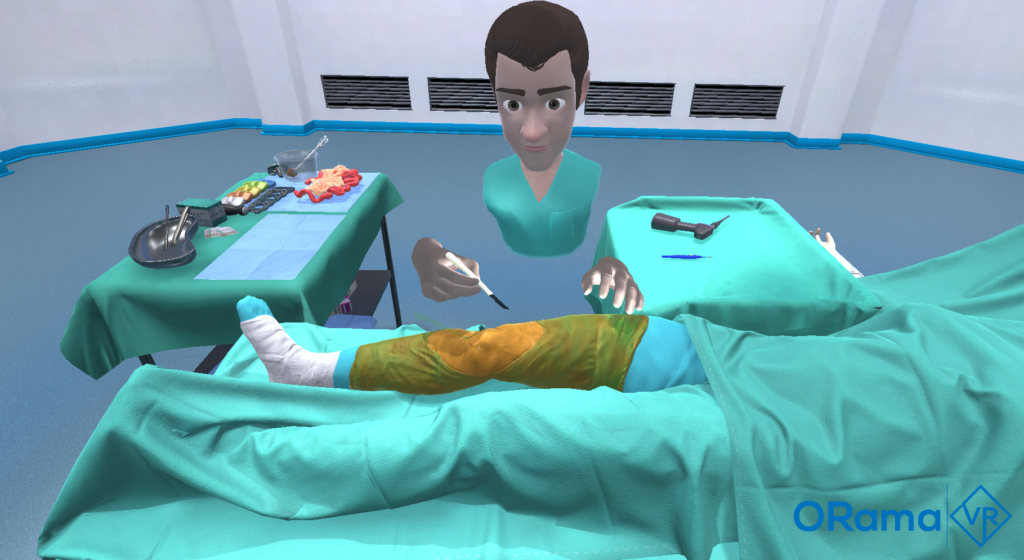
CERN and EPFL could revolutionize the future of cancer treatment
27 October 2020

The GaToroid doctoral research project, conducted jointly by CERN and EPFL, has led to the development of a new machine that uses a cutting-edge technique to treat cancer: hadron therapy. In 2017, Enrico Felcini begins his PhD in Applied Superconductivity under the supervision of Bertrand Dutoit, head of the Applied Superconductivity group at EPFL. Three […]
The GaToroid doctoral research project, conducted jointly by CERN and EPFL, has led to the development of a new machine that uses a cutting-edge technique to treat cancer: hadron therapy.
In 2017, Enrico Felcini begins his PhD in Applied Superconductivity under the supervision of Bertrand Dutoit, head of the Applied Superconductivity group at EPFL. Three years later, he is the co-creator of a new gantry design, based on superconducting magnets, which has the potential to change the future of cancer treatment.
Hadron therapy is a pioneering radiation therapy that makes use of charged particles to deliver a highly localized dose to a tumor. Unlike conventional radiotherapy, the surrounding tissue is less irradiated, which can limit side effects and prevent the development of metastasis.
However, since a hadron is composed of charged particles, a magnetic field is required to ensure that it reaches the target area in the patient’s body. This requires a complex assembly of magnets in giant machines.
GaToroid would reduce not only the size of hadron therapy machines, but also their complexity. The idea of this joint research between institutions from the cantons of Vaud and Geneva is to make hadron therapy more accessible using machines that are no longer the size of a four-story building.
A region boasting first-class research facilities
Bertrand Dutoit highlights the advantages of working in a region with first-class research facilities. “Having CERN so close is a fantastic collaboration opportunity for EPFL. Enrico has had access to leading scientists as well as to the technical workshop team where he was able to develop the system he designed and calculated.”
Work is currently underway to construct the first demonstration model, scaled down by a factor of three with the aim of taking the next step and building a full-scale machine in the next decade.

